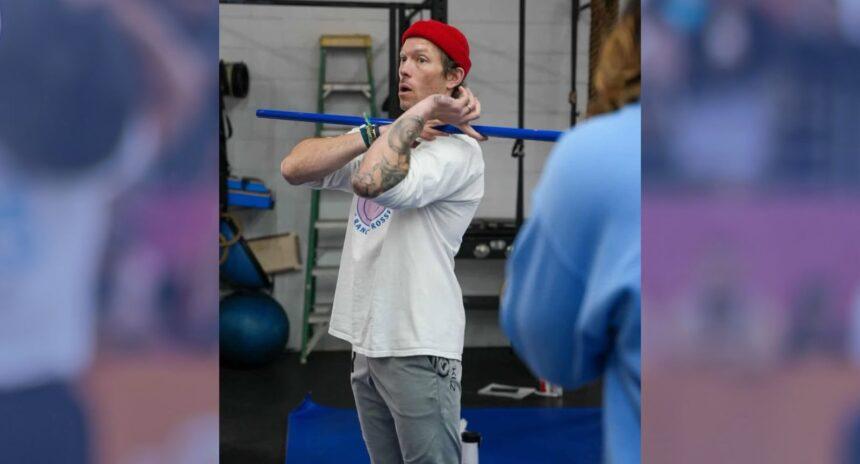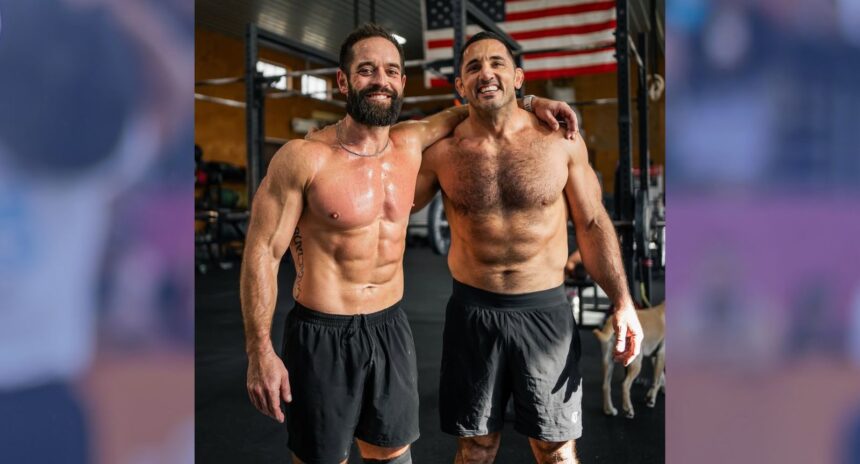Three Reasons to Program Training Cycles at Your Affiliate

The constant variation in CrossFit is typically one of the main attractions for people coming from a repetitive exercise program, but can start to feel like fitness limbo if tangible improvements aren’t made over time.
Today we’re going to discuss why you should incorporate training foci into your programming to help balance the seemingly “random” feeling that CrossFit workouts can sometimes give to those not trained in the methodology. The benefits range from better class participation and member retention, to helping your athletes become more competent movers.
1. Improved Member Adherence and Retention
Communicating the training focus and educating your members about each programming cycle is a great way to get people excited about coming to the gym. When members understand the goals of the programming and see tangible improvement, they’re going to stay motivated and invested in the training. This can help increase class participation and improve retention.
This is especially true for athletes that may need to heavily scale workouts on a regular basis. Without intentionally providing opportunities to monitor progress, athletes can become discouraged if they feel like higher level skills or strength are too far out of reach. Creating a short-term focus of improvement can help chip away and make the small improvements needed to reach long term goals.
2. Movement Mastery
Consistent exposure to movements can help develop technique, as it takes quality practice and repetition to improve coordination, timing and balance. Safety, efficacy and efficiency are directly tied to the quality of movement (technique).
“Technique is everything. It is at the heart of our quantification. You will not express power in significant measure without technique. You might expend a lot of energy, but you will not see the productive application of force. You will not be able to complete functional tasks efficiently or effectively. You will not be safe in trying.” — CrossFit Level 1 Training Guide
Your athletes will become more confident as their movement improves, because they won’t need to second-guess if they’re doing something correctly. You can continue to challenge this movement virtuosity with larger loads and/or faster speeds to find the threshold needed for continued progress.
3. Tangible Progress and Results
This principle of measurable, observable and repeatable data is at the heart of CrossFit being an evidenced-based fitness program that centers around performance:
“The first common error made by CrossFit programmers is a lack of regular assessment to determine effectiveness. Measurable results in performance markers are the guideposts for a programmer to determine whether the past programming was productive as well as what needs to be programmed next.” — CrossFit Level 2 Training Guide
Implementing programming cycles can help to show the efficacy of the training, providing tangible results for athletes and coaches to build on in the future.
Remember to Balance Training and Exercise
Always remember that CrossFit is a GPP (general physical preparedness) program, with the aim of developing broad, general and inclusive fitness. It’s important to stay true to the prescription of constantly varied functional movements at a relatively high intensity, while remembering the difference between training and exercising. World–renowned strength coach, Mark Rippetoe discusses this in The Biggest Training Fallacy of All:
“Exercise and training are two different things. Exercise is physical activity for its own sake, a workout done for the effect it produces today, during the workout or right after you’re through. Training is physical activity done with a longer-term goal in mind, the constituent workouts of which are specifically designed to produce that goal.”
Exercise is not bad, but it won’t lead to the long-term improvements in performance that we aspire to create with CrossFit programming. If one day each week is dedicated to your programming focus (training), then the remaining workouts can serve to balance what’s missing from the programming in a more varied manner (exercise). This will allow you to make improvements without changing who you are at the core.
The bottom line: There’s a reason programs like HWPO and Functional Bodybuilding have become so popular in the functional fitness space. Following an organized progression that’s written in a periodic manner delivers amazing results and psychologically gives more purpose to training.
You can offer the best of both worlds at your affiliate, balancing the fun of doing different things while still dedicating one day each week to a specific short-term goal. My last recommendation would be to rotate the primary modality of your cycles to ensure balanced development over the long term. For example, if you spend four to eight weeks getting strong, it may be smart to follow that cycle with a gymnastics or monostructural focus while striving to maintain the gains made in the previous cycle. Have fun experimenting, collecting data and learning from the process to find what works best for you and your community!


